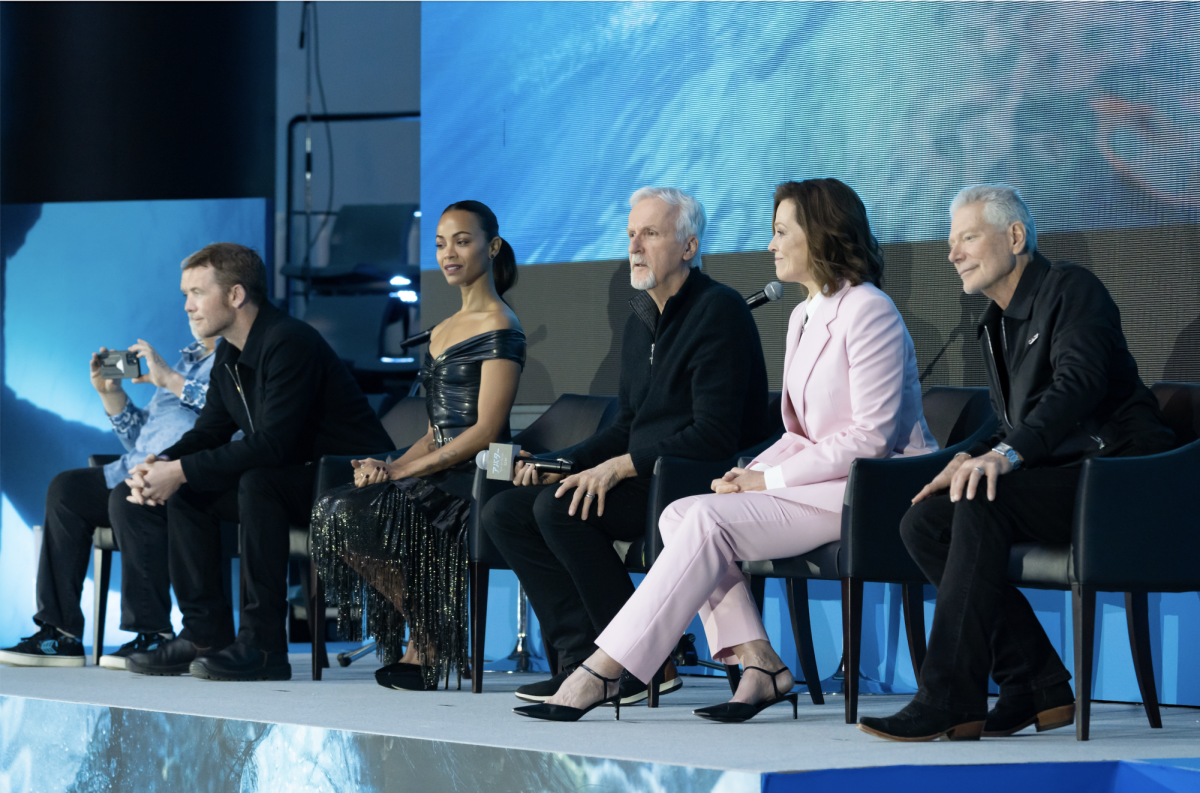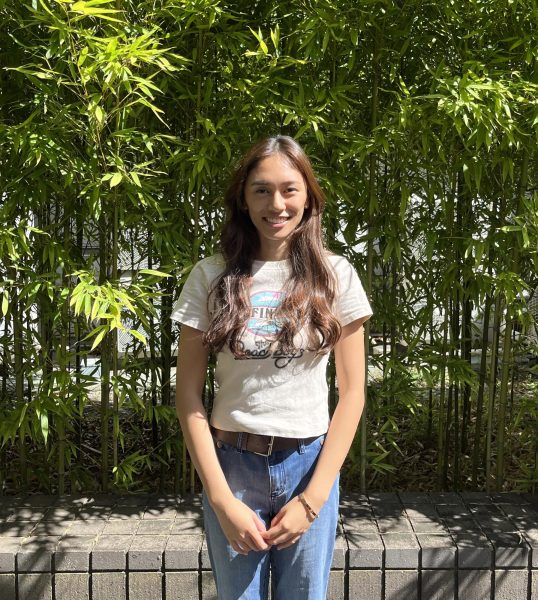Nearly 15 years after its release, Avatar (2009) remains the highest-grossing feature film of all time. Its sequel, Avatar: The Way of Water (2022) proved to be another massive hit, ranking as the third highest-grossing movie ever. The films have collected a total of $5.2 billion at the box office, making their director, James Cameron, one of the most financially successful moviemakers in the industry.
Despite the film’s popularity, it has received criticism for years for its representation of Native American and indigenous cultures. Fans and critics speculate whether this representation is cultural appropriation or appreciation.
The science fiction films feature the Na’vi—nine-foot-tall, blue-skinned humanoids who are native inhabitants of a faraway planet called Pandora. The Na’vi are very spiritual, valuing their connection with the sentient life-force that flows through Pandora and which they call the “Great Mother.” Because of a shortage of resources on Earth, humans have started to settle on Pandora and exploit it for raw materials. The Avatar franchise highlights the conflict between the Na’vi and the humans who are destroying and attempting to colonize their planet.
There seem to be many references to American colonization and wars in the movie series. Indeed, as Cameron stated in a legal declaration published by Business Insider in 2012, “Avatar very pointedly made reference to the colonial period in the Americas, with all its conflict and bloodshed between the military aggressors from Europe and the indigenous peoples. Europe equals Earth. The native Americans are the Na’vi. It’s not meant to be subtle.”
However, Cameron, Caucasian himself, is accused of misrepresenting various cultures with the largely Caucasian cast. With the exception of lead actress Zoe Saldaña who is Black and Latina, and Cliff Curtis, who is of Maori descent, the cast of both Avatar movies are predominantly Caucasian.
Among those who criticize the movie series is Native American influencer Yuè Begay. She stated that she, along with other Indigenous communities and Natives globally, will boycott the Avatar movies. She stated that their customs were “wrongfully hijacked to appease some man’s white savior mentality.” Many other indigenous people agree that the movie romanticizes colonization and undermines what really happened to indigenous groups throughout history.
The second Avatar movie features another group of Na’vi whose culture strikingly resembles Maori culture. According to an interview with Unilad, James Cameron incorporated Indigenous peoples’ feedback, trying to swerve away from the “white savior complex.” He told Unilad, “The people who have been victimized historically are always right. It’s not up to me, speaking from a perspective of white privilege, if you will, to tell them that they’re wrong.”
However, 19-year-old Mana Tyne, who is Maori and from Australia, was offended by how the film used ta moko, a type of tattoo which is culturally important for Maori people. In an interview with the Washington Post, Tyne said that in the movie the significance of the tattoos was reduced to “serve more as an aesthetic” feature.
Cameron claims that many different Native and Indigenous cultures were his inspiration, but the Na’vi are not meant to specifically represent a single culture. Because the series is fiction, there is a constant debate about where the line should be drawn between the fictional lore of the movie and real-world representation.



Kaori • May 14, 2024 at 7:59 PM
I think Avatar1’s scene, in which Na’vi gather in a circle, shake hand to hand and pray is a cultural appropriation of Kecak(Bali’s traditional dance).